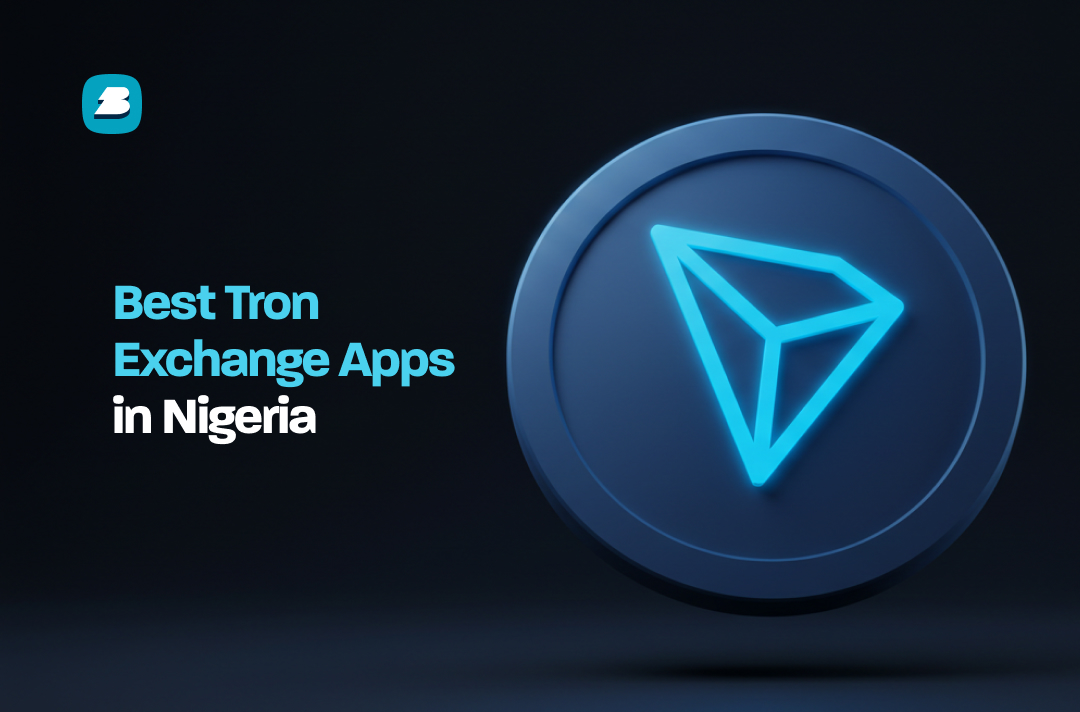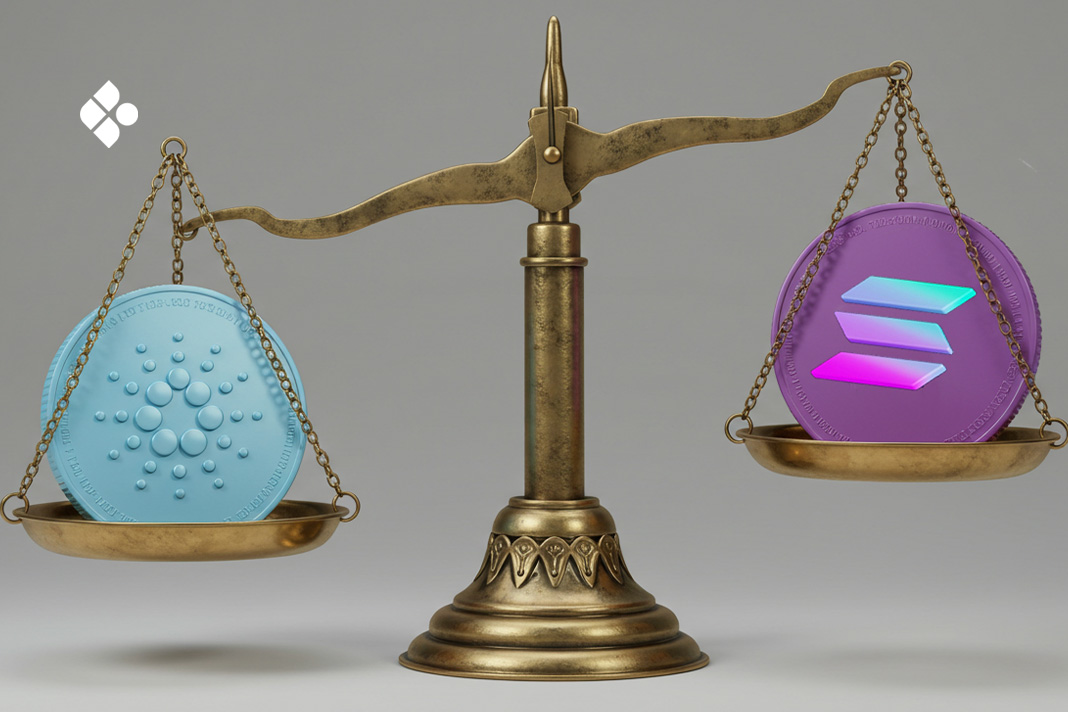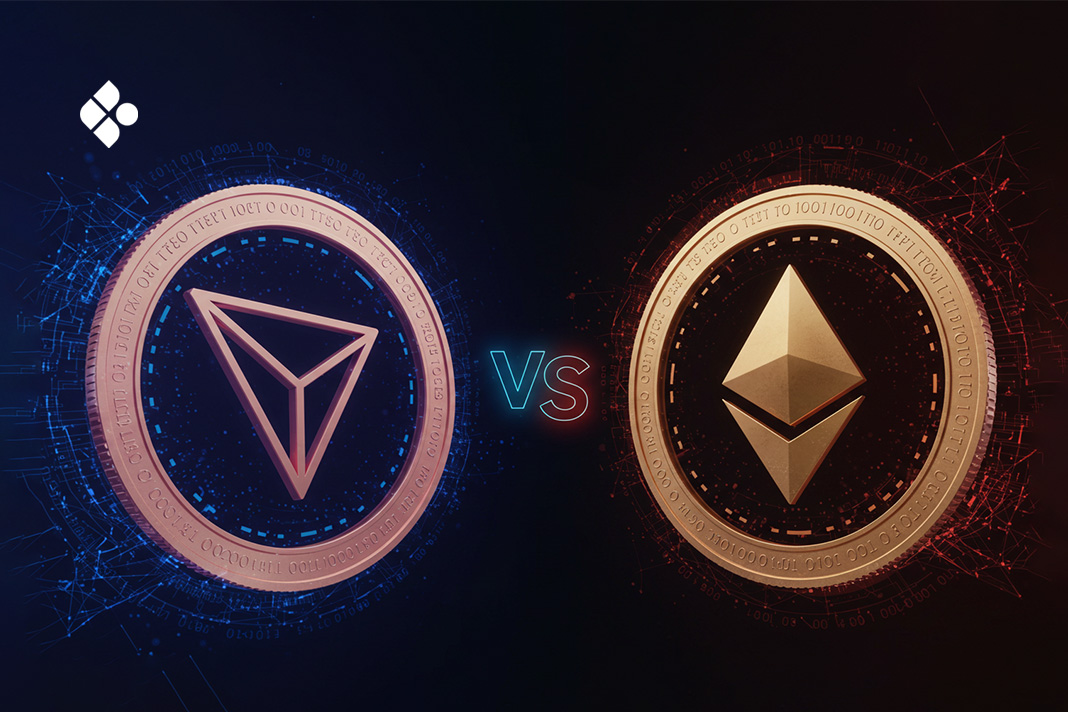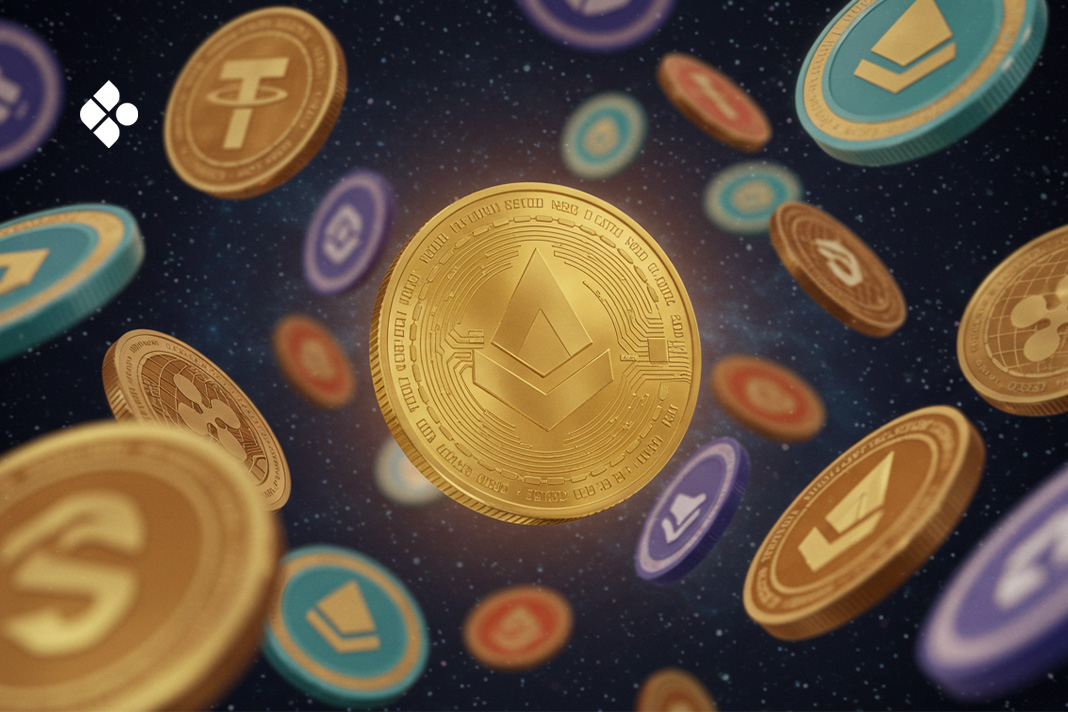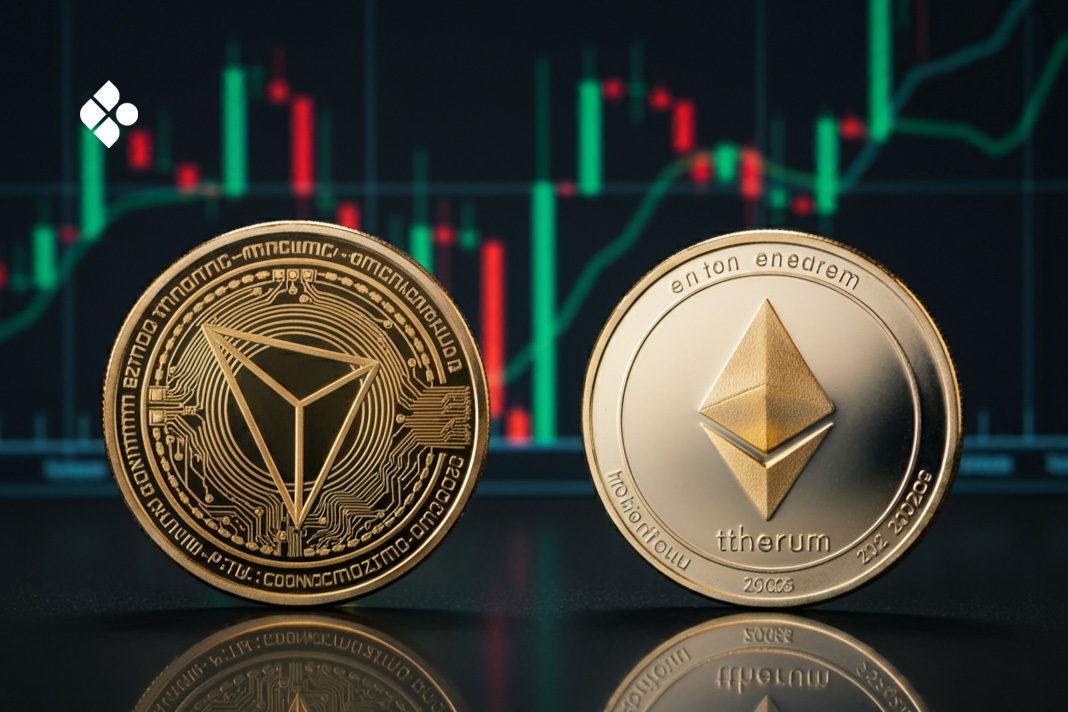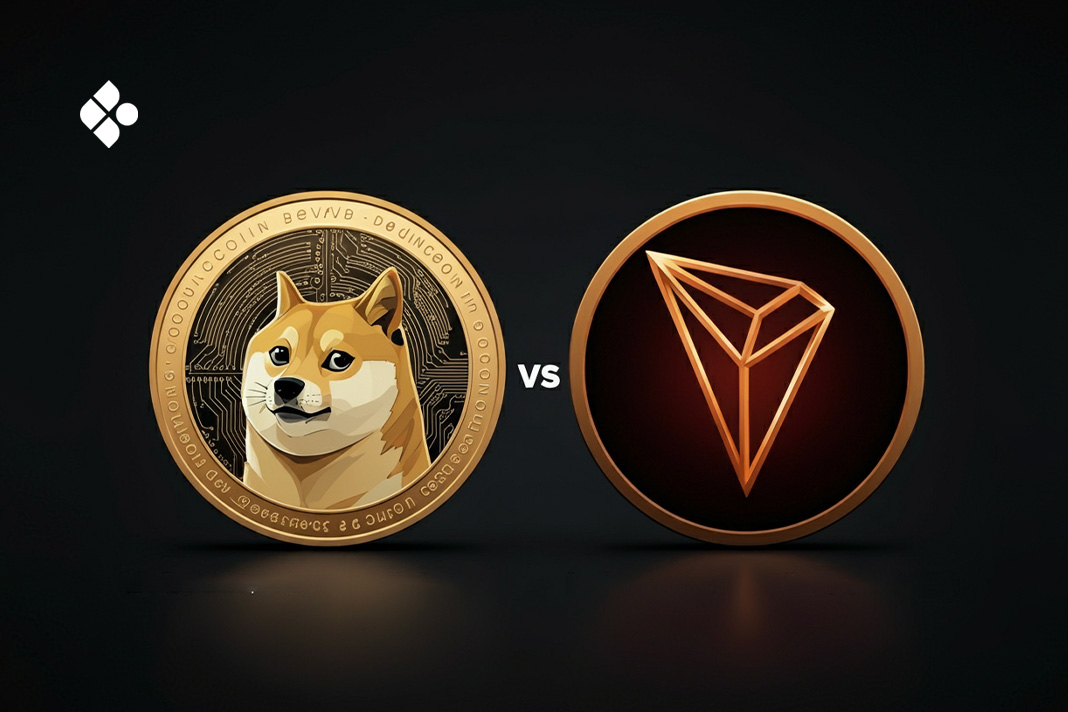In the ever-evolving digital currency landscape, Bitcoin and Litecoin stand as titans of the cryptocurrency revolution, commanding market caps of over $1 trillion and $10 billion, respectively. These pioneering coins have transformed the online financial industry into its most popular option.
Each currency has unique qualities, so I have broken down the differences between Litecoin and Bitcoin into 6 points. Whether you’re a newbie or an investor, it is spelt out in simple terms. Let’s take a brief look:
- Market capitalisation
- Transaction speed
- Block reward
- Algorithms
- Transaction fee
- Future developments
We’ll discuss each to show you the differences between Bitcoin and Litecoin so you can make an informed investment decision.
6 differences Between Litecoin and Bitcoin
- Market Capitalization
The Litecoin and Bitcoin cryptocurrencies currently have different market capitalizations. Bitcoin has a market cap of $670 billion, while Litecoin has a market cap of $4.95 billion.
Bitcoin and Litecoin have grown over time, from a market capitalization of $1 billion and $70 million, respectively, back in 2013. Although the market can be unstable sometimes, Bitcoin remains bigger than Litecoin by a landslide.
- Transaction speed

Like with any other transaction, they also need time for confirmation on the blockchain. Bitcoin’s average transaction confirmation time is less than 9 minutes, depending on the traffic.
On the other hand, Litecoin’s transactions happen in less than 2.5 minutes. This is one of the reasons it was created and became known to crypto enthusiasts over time.
- Block Reward
Block rewards are payments made to miners to complete new blocks of verified transactions. On Bitcoin, the reward for every transaction block is 6.25 BTC, and Litecoin’s reward is also 6.25 LTC.
Both undergo a “halving” process at recurring intervals, during which block rewards are slashed by 50%. The scheduled halvings of Litecoin and Bitcoin were planned for August 2023 and April 2024, respectively.
- Algorithms
Regarding algorithms, Litecoin uses Scrypt, and Bitcoin uses SHA-256. They have different effects on how mining happens. SHA-256 is a more complex algorithm compared to Scrypt. Miners have also experimented with some of the most advanced techniques to mine Bitcoins more effectively.
Miners choose to use ASICs, which are hardware devices designed to mine Bitcoins, to achieve this. Litecoin’s Scrypt algorithm makes mining more accessible to everyday users with regular computer hardware, unlike Bitcoin’s SHA-256, which now requires specialized ASIC machines.
- Transaction fee
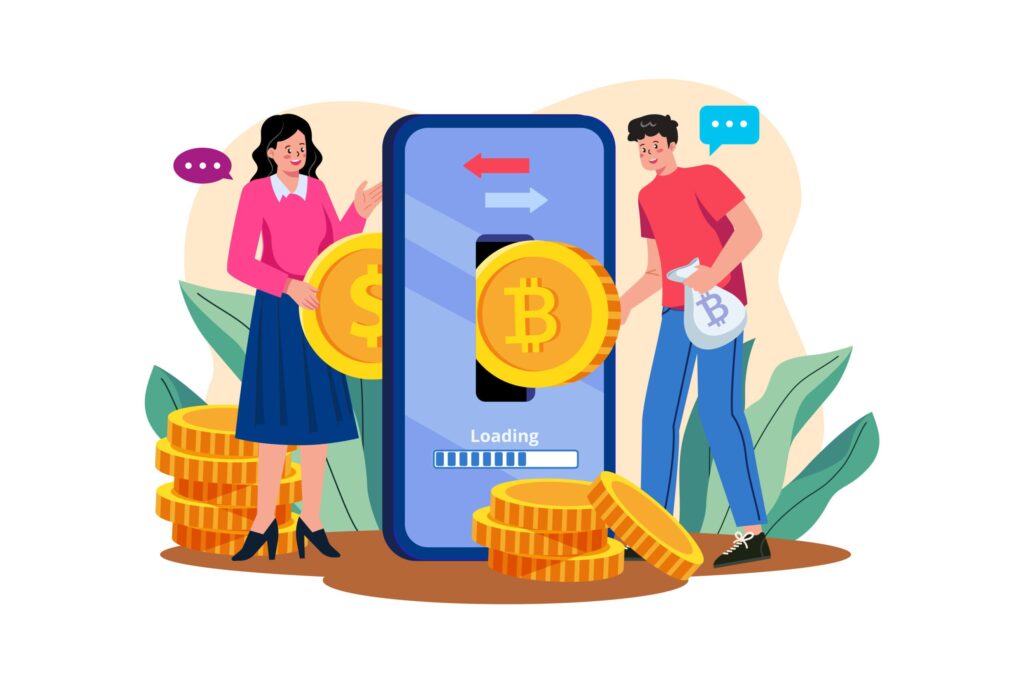
As of May 2023, Bitcoin’s transaction fee ranged from $3 to $6, while Litecoin’s fee went from $0.03 to $0.04. This difference reflects the expenses associated with each digital currency, helping crypto traders around the world optimize transaction fees whenever they deal in both currencies.
- Future Developments and Roadmaps
Bitcoin and Litecoin are poised for significant advancements. Bitcoin’s roadmap includes the implementation of the Lightning Network to enhance transaction speed and reduce fees. There’s also ongoing work on Taproot, a protocol upgrade to improve privacy and smart contract functionality.
For Litecoin, the focus is on integrating the MimbleWimble protocol to enhance privacy and scalability. Both cryptocurrencies are also exploring cross-chain interoperability to facilitate seamless transactions between blockchain networks.
Here is a comparison table of both coins:
| Features | Bitcoin | Litecoin |
| Block time | 10 min | 2.5 min |
| Total Supply | 21m | 84m |
| Algorithm | SHA-256 | Scrypt |
| Avg. Fee (2023) | $1.5 | $0.05 |
| Future Developments | Lightning Network | MimbleWimble |
History Timeline for Bitcoin and Litecoin
Here is a timeline for Bitcoin’s growth over the years:
- 2008: Sakashi Nakatomo publishes the white paper.
- 2009: Bitcoin network goes live.
- 2010: First real-world Bitcoin transaction — 10,000 BTC for two pizzas
- 2013: BTC crosses $1,000 for the first time
- 2017: Bitcoin surpasses $20,000, marking its first widespread interest.
- 2021: BTC grows to $60,000.
- 2024: BTC breaks the $70,000 price barrier.
Let’s also see how Litecoin has evolved below:
- 2011: Charlie Lee launches Litecoin.
- 2013: LTC surpasses $50.
- 2017: Litecoin undergoes Segregated Witness (SegWIT) upgrade.
- 2021: Litecoin grows to over $300.
- 2024: Litecoin reaches $400
Frequently Asked Questions (FAQs) About the differences between Litecoin and Bitcoin.
Is Litecoin more stable than Bitcoin?
No, Litecoin is not more stable than Bitcoin. Bitcoin has an edge because it is the most popular and has the best reputation, like no other crypto token. It has even been tagged “Digital gold” and has been a good asset since its introduction.
It is also more secure than Litecoin because of its high hash rate. This high hash rate means more computational power is required to attack. Currently, the Bitcoin blockchain is highly resistant to any hacks, making it a lot more stable than Litecoin.
What will Litecoin and Bitcoin be in 5 years?
This question is quite a slippery slope. Any future prediction for Litecoin and Bitcoin is difficult because of their volatility. However, many believe that crypto, especially Litecoin, will be one of the most significant coins in the world.
However, this is still a budding industry; if crypto adoption increases due to important factors like favorable government regulations, then crypto’s growth can skyrocket over the next few years.
What are the flaws of Litecoin?
Litecoin is a prominent cryptocurrency that offers benefits such as faster transaction speeds and lower fees than Bitcoin. However, it still has some flaws, some include technological risks, regulatory uncertainties, market volatility, and liquidity concerns.
Due to its inability to meet the security and Store of Value (SoV) characteristics of stable coins like Bitcoin, Litecoin’s use case in the cryptocurrency ecosystem remains susceptible to cyber attacks.
Are Litecoin and Bitcoin worth owning?
Generally, investments in cryptocurrencies carry a significant risk. However, upgrades are going on consistently with Litecoin and Bitcoin to ensure they become stable digital currencies in the future.
While the risk of volatility can be discouraging, your decision to invest in either comes down to your appetite for risk. That being said, Litecoin and Bitcoin are worth owning if you are ready for the highs and lows that come with them.
Can I Send Litecoin to a Bitcoin Address?
No, you can’t send Litecoin to a Bitcoin address, and you can’t send Bitcoin to a Litecoin wallet address, as the coins use different protocols. However, you can hold Bitcoin and Litecoin in the same software, hardware, or mobile wallets. Many Litecoin-only and Bitcoin-only wallets are available, but many popular wallet applications support multiple cryptocurrencies.
Conclusion
Litecoin and Bitcoin can serve as both investments and a means to buy products and services, as many vendors now accept them as payment. Taking a casual look at them, you might think they have much in common, but once you check out their features and functions, the differences become clearer. Make sure you consider what each has to offer before deciding, and then choose the option that best meets your needs.

